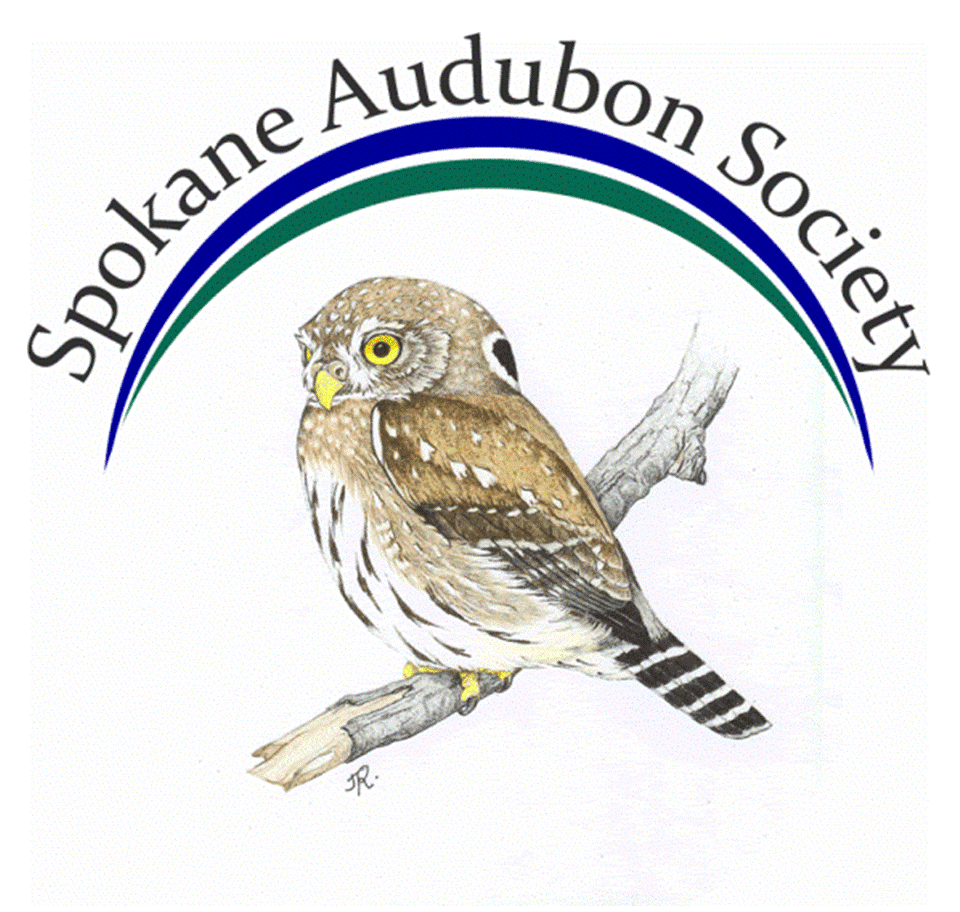Seattle’s Adaptable Urban Cooper’s Hawks
25 years ago Cooper’s Hawks began colonizing urban & suburban landscapes throughout the US, evolving a tolerance for living in proximity to humans. Ed Deal, from the Urban Raptor Conservancy, will provide insights into these common but elusive raptors, covering the breeding season with photos and videos. The Seattle study, one of several in large US cities (e.g., Tucson, Milwaukee, Albuquerque), is monitoring the local population nesting density and annual productivity. In addition, a color ID banding program looks at fledgling dispersal, longevity, and adult breeding site and winter site fidelity. The results include annual increases in productivity, little evidence of migration, strong site fidelity and (mostly) short natal dispersal distances.
Edward A. Deal, President and interim Treasurer, has been studying birds of prey for 25 years. He holds a master banding permit with the USGS Bird Banding Laboratory and a scientific collection permit in Washington State, allowing him to trap and band raptors. He directs two long-term studies of urban raptors in the Seattle area, on Cooper’s Hawks and Peregrine Falcons. Ed presents the results of our long-term Cooper’s Hawks study to community groups and university classes throughout Washington State. He is the lead author of a 2017 publication in The Journal of Raptor Research on Cooper’s Hawk behavior and is a coauthor on the chapter on urban-nesting Peregrine Falcons in the forthcoming book Urban Raptors (Island Press, June 2018).








